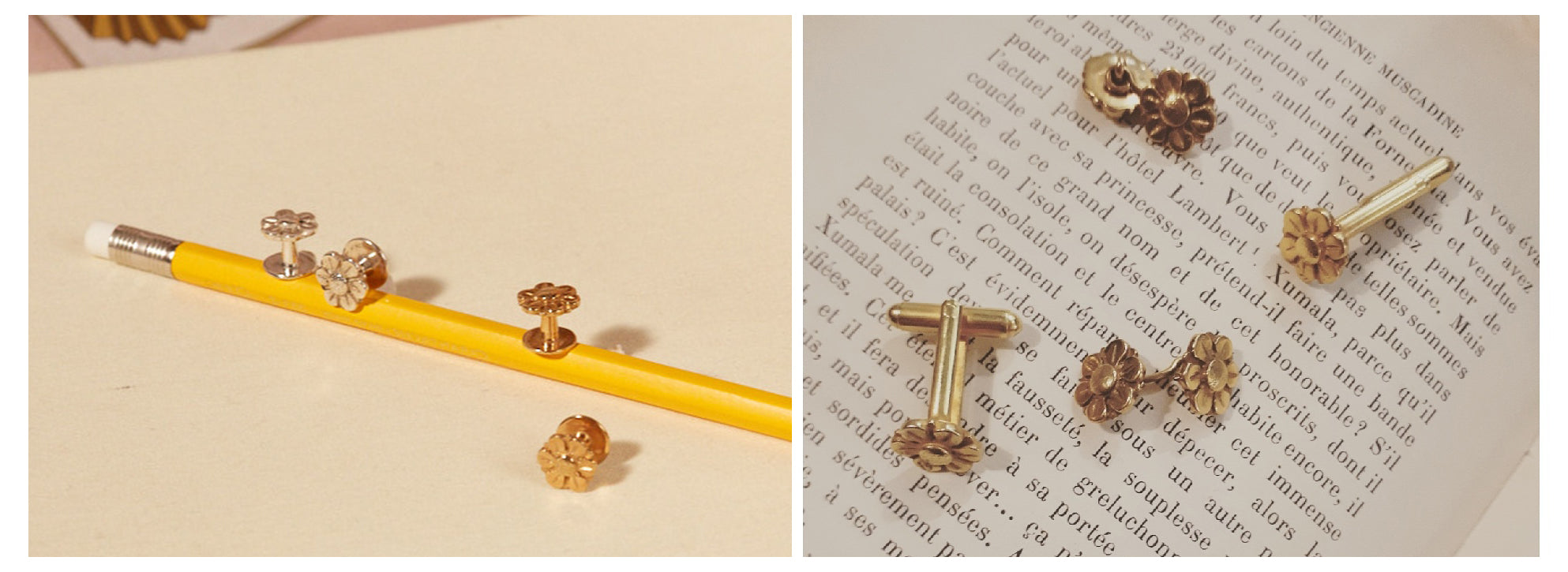
Originally there is white
Bourrienne Paris X takes you to the source of her immaculate universe. Since its beginnings in 2017, our brand has chosen to make only white shirts. The choice of white for our shirts is far from trivial. Whether we admit that it is a color or not, we cannot deny its universality and the strong symbolic charge that white takes on. From prehistory to the present day, in religion, art or even society, we can say that white people have seen all the colors.
White: color or not? That is the question
Considered as a color by some or not by others, white is tinged with an intrinsic ambivalence which contributes to its fascination.
From a scientific point of view, color stems from the perception of light reflected from an object that is exposed to light radiation. Optically, white is defined as the combination of all wavelengths of light. It would not be a color strictly speaking, because it does not have a wavelength. But to put forward such an argument would amount to saying that magenta, too, would not be a color insofar as it does not have a wavelength in its own right and is only obtained by the association of blue and red.
From the point of view of artists, especially painters, white is a color like any other. In colorimetry, the study of colors, white corresponds to the brightest shade of gray. The use of white in pictorial representation dates back to prehistoric times during which our ancestors used chalky materials to draw animals on the walls of caves. Throughout the history of art, white has imposed itself slowly but surely; until it represented a real object of study by the painters of the abstract of the beginning of the 20th century, such as Malevich or Kandinsky for whom white “acts on our soul like absolute silence”.
The symbols of white in the world
It was during Antiquity that white was gradually associated with a particular symbolism. White, bright and dazzling, is opposed to black, dark and threatening, in many cultures and beliefs, so much so that a kind of chromatic Manichaeism of the perception of the world has formed, white against black. , good versus evil, peace versus chaos.
Spiritual White
In Egypt, men and gods are represented in white clothes on the papyri. White is associated with pomp, joy and the purity necessary for religious rites, in particular that of Isis.
Among the Romans, the use of white was also part of the celebration of rites. It was worn by the priestesses of the goddess of the hearth, Vesta, as a sign of loyalty, purity and chastity.
In the Christian religion, white also embodies a strong symbolism, that of the transfiguration of Christ. This association of white with the divine transformation of Christ after his death is undoubtedly one of the reasons why, for a long time, white was worn as a sign of mourning by the queens of France. This changed at the end of the 15th century, when Queen Anne of Brittany imposed black for the burial of her first child in 1495.
In other Eastern cultures, particularly in India, China or Japan, the white was and continues to be associated with mourning. There, the emphasis is on the passage of the deceased being into eternal rest, into the light.
The white of peace
The use of white in the end of armed conflicts dates back to antiquity.It was in the year 69 that white was used for the first time as a banner of peace, ending the civil war between the supporters of Vittelius and those of Vespasian, both claiming the title of emperor at the time. Usually, Roman soldiers wave their shields as a sign of surrender. However, as the historian Tacitus recounts, Vitellius' followers, cornered by their rivals, had to abandon their equipment as they retreated. The only way for them to communicate their abandonment of the fight was to wave their white calf wraps, a fabric that served to protect the calves, in the air. From then on, white took on a symbol of peace.
However, it was not until the Renaissance that the white standard became the marker of the end of armed conflicts. This is due to changes in conflicts and the more massive use of firearms, the noise of which drowned out that of chamade, the sound signal previously used to cease hostilities. Grotius in his essay on The Law of War and Peace (1625) then designates white as “the sign that one asks to parley”. This practice is gradually moving from customary law to conventional law of war. The status of the white standard as a symbol of capitulation was officially recognized by the International Peace Conference in 1899.
White, an element of social distinction through clothing
In the world of textiles, white has long corresponded to a requirement for cleanliness. However, over the centuries, white has become a vector of social structuring through its use in clothing.
White, a symbol of cleanliness
Already, in ancient Rome, citizens had to wear the toga virilis, the virile toga, which was white.
While white clothes were originally reserved for the private sphere, they are gradually coming out of the closet to be displayed with pride in broad daylight. As we have already mentioned in our article dedicated to the history of the white shirt, it has become an undeniable social marker since the Renaissance. Only the wealthiest could afford to wear white thanks to a rotational system in their wardrobe that allowed them to don white shirts while others were in the wash. This practice is also at the origin of the expression "white collar", designating the bourgeois and intellectual class, in opposition to the blue collar of the workers.
White at Bourrienne Paris X
Drawing its inspiration from the literary salons of the end of the 18th century, the immaculate universe of Bourrienne Paris X revives the spirit of these politicians, artists, writers debating in white shirts, multiplying the effects of the sleeve.
White at Bourrienne Paris X pays homage to the free spirits of these men and women embodying intellectual and creative emancipation. By adopting white, Bourrienne Paris X also reconnects with its flagship symbols, in particular purity and refinement. Like blank canvases, our white shirts, rich in detail, are made to give free rein to your imagination, to express your personality in all singularity. Simplicity as a guarantee of supreme elegance, here is the promise contained in each of our pieces, a return to the essentials which seemed important to us to cultivate throughout our universe.
Initially, there is white, otherwise we would have been unable to appreciate the colorful beauty of the world around us. Mistress of all shades, white represents for us the foundation of all creations.




